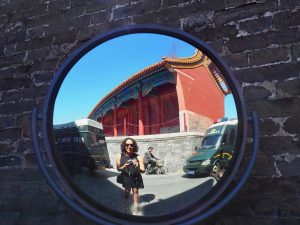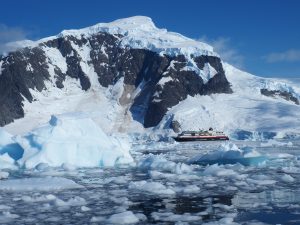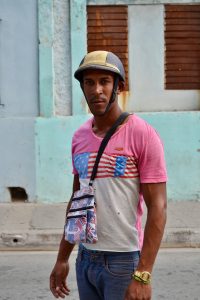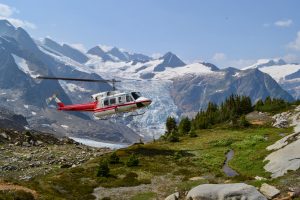-a guideline to taking pictures in an outdoor cold setting…compliments of Barry Asman: AJ’s resident paraprofessional photographer-at-large:
Whether you’re joining us on our Winter trip to Alaska or just taking pictures in your neighborhood this winter, cold weather photography can be some of the most exhilirating shots you ever take, but these shots present some challenges. These revolve mainly around the weather and climate we will be enjoying. What comes to mind initially is the temperature that we will be experiencing. Our winter temperatures will be COLD, sometimes well below ZERO! This extreme cold will produce some interesting camera problems. Preparing to take pictures in Alaska can be divided into two categories: 1) taking care of your camera and 2) taking care of yourself.
First, most important and most basic, is to take care of yourself. This means staying warm, especially keeping your hands warm. As you are anticipating, the key here are gloves. What we recommend is to bring a pair of regular warm gloves, and also a special pair of “fingerless” gloves so that you have the dexterity to operate a camera in the cold. There are several types of these “fingerless” gloves to use. Our best suggestion is to go to a sporting goods store (or on line) and head to the hunting section. Hunters use these gloves all the time. Here is an example of some gloves: http://www.rei.com/product/305045
Now, let’s talk photography! There are two issues that make photography in the cold interesting; power and water.
First there is the issue of power (batteries). The thing to remember is that in cold temperatures, battery power goes down quickly. There is an easy solution to this; carry extra batteries. If your camera uses regular batteries, just pop a couple of extra sets in your coat, close to your body (to keep them warm). When the set in your camera gets cold and stops working, just change them out for a “body warmed” set (the cold set will come alive when warmed up again.) If your camera takes only proprietary rechargeable batteries, go to the camera store (or order) a second battery. Keep one warm while you shoot with the other; then just swap them out. Easy enough!
Now, let’s talk about water…condensation. Here’s the problem… If you’ve been outside for a while in the cold air, then go inside the warm house; what’s the first thing that happens? Your glasses fog up. This occurs when your cold glasses hit the warm air. The same thing will happen to your camera. If you take your cold camera onto the warm hotel, the camera will instantly form condensation (water droplets) not only on the camera, but also inside the camera. Remember, water and electronics are not happy together, i.e. your camera’s guts will “fry”. Believe us, we’ve seen very expensive cameras with puddles of water sloshing around INSIDE the camera from condensation.
Preventing condensation on your camera is very important and not too difficult. Here’s the solution: While your camera is still Alaska cold, put it in a sealable plastic bag, and seal it tightly. Leave it in the sealed bag until, once back inside the hotel, the camera slowly warms back up to room temperature. Problem solved! (Going from warm to cold should not be a problem, only cold to warm.) You can actually throw a couple of those Silica Gel desiccant packs (the kind that comes with your new shoes to keep them dry) in your camera bag and the plastic bag for added protection. While some of the above advice may be overkill, its going to be cold and you can never be too prepared.
Some people have asked about bringing a tripod. Granted, to get good pictures of the Aurora Borealis you should use a tripod. But, that means you have to carry the tripod. If you want to get a good travel tripod, you can pick one up that folds small and weighs three pounds (and some may cost up to $600). The typical non-travel tripod from Best Buy weighs 5-7 pounds and is two feet long (folded)…trust me; you will NOT want to be carrying that thing around. Another option is to get a small, light flexible mount (http://joby.com/gorillapod) and hope there is something convenient to clamp it to. There are even Bean Bag camera mounts that are fairly light and easy to use; assuming there is some place to rest it. The decision is yours to make. Take a look at what is out there and go with it.
My final words of wisdom:
*Take plenty of Memory Cards
*Take plenty of Batteries and appropriately sized sealable baggies (see above)
*If you’re going to get a new camera for the trip, get it now and learn how to use it now (don’t wait to open the box on the plane on the way to Alaska!) Practice using your camera and all of its settings. Being familiar with your camera will pay off in improved pictures.
1…2…3…EXCELLENT!
Happy Shooting!


















